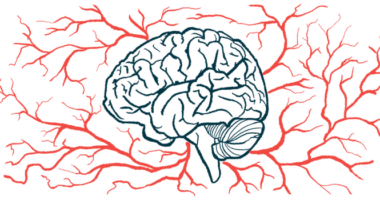Neonatal Screening for Sickle Cell Disease in India Stresses Value of Early Diagnosis, Preventive Treatment

Early diagnosis of infants affected by sickle cell disease (SCD) through neonatal screening and adequate follow-up are effective tools to decrease the mortality rate associated with the condition. Researchers in central India sought to establish a neonatal screening program and describe the clinical course and hematological presentation of babies with sickle cell.
The research paper, “Neonatal Screening and the Clinical Outcome in Children with Sickle Cell Disease in Central India,” was published in PLOS ONE.
Sickle cell disease is a significant health burden in India. Early identification of infants with the disease helps reduce the morbidity and mortality associated with the disease through comprehensive care and preventive treatment.
Established newborn screening programs, such as those in Jamaica and the U.S., help identify patients at an early age and implement potentially life-saving strategies.
Despite the high frequency of SCD in India, such newborn screening programs have not been initiated. In this study, researchers screened 10,181 pregnant women from 2009 to 2012 for sickle hemoglobin. A total of 2,134 newborns whose mothers tested positive for the defective hemoglobin were also screened. Of these, 104 were sickle homozygous (SS), seven had sickle β-thalassemia (S-β thal), and 978 were sickle heterozygous (AS).
The 104 SS babies received clinical follow-up every month for a year and then every three months for three to four years for clinical and hematological evaluation.
Seventy-five of the 104 SS newborns, among others with the other identified conditions, were evaluated in the follow-up, while the rest were lost to follow-up.
The major complications in the evaluated infants were pain, severe anemia requiring blood transfusions, and acute febrile illness (59.7, 45.1, and 42.6 cases per 100 person years, respectively).
Sickle cell disease patients with alpha thalassemia had a higher risk of painful events, sepsis, and dactylitis, and a lower incidence of severe anemia. The hematological profile showed that anemia was apparent from 6 moths of age.
The researchers believe this effort, the first newborn sickle cell study in central India to be systematically evaluated for three to four years, and to seek to understand the natural course of the disease, emphasizes the importance of early diagnosis and preventive treatment.
“It highlights the fact that SCD in Indian patients, although linked to the Arab Indian haplotype, can have an early presentation and severe manifestations, and comprehensive care could reduce morbidity and mortality,” the scientists concluded.






